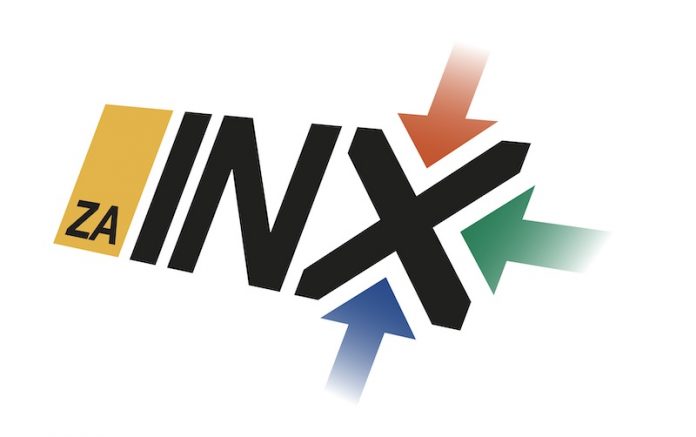
In a significant development for South Africa’s digital infrastructure, the Johannesburg Internet Exchange (JINX) has completed a major upgrade by installing high-speed dark fibre across its entire network. This upgrade, completed in 2024, is set to enhance the exchange’s resilience and backbone capacity, marking a pivotal step in the country’s internet growth.
The installation of dark fibre, a technology known for its virtually unlimited network capacity, spans across the six data centres where JINX operates. This advancement allows INX-ZA, the community-run organization managing JINX, to increase capacity as demand grows easily. The data centres include Dimension Data Parklands, Teraco Isando, Xneelo Samrand, Africa Data Centres in Halfway House and Samrand, and Digital Parks Africa Samrand.
Prenesh Padayachee, the chair of INX-ZA, emphasized the crucial role of dark fibre in digital transformation and the generation of e-GDP, citing its capacity to provide infinite bandwidth.
INX-ZA’s primary goal is to keep internet traffic within South Africa to reduce costs and improve latency. This objective is part of a broader strategy to enhance local internet services and reduce reliance on international data routes. The organization also manages other community-run Internet Exchange Points (INXes) in the country, including the Cape Town Internet Exchange (CINX), Durban Internet Exchange (DINX), and the Nelson Mandela Bay Internet Exchange Point (NMBINX).
Recent initiatives by INX-ZA have focused on content delivery, particularly in ensuring that popular streaming content is served locally in cities like Cape Town and Durban. This approach not only improves service quality for consumers but also reduces costs for Internet Service Providers (ISPs), with potential savings passed on to consumers.
As internet penetration in Africa rapidly approaches global rates, South Africa’s multi-tenant data centre colocation supply is expected to continue its growth. This trend is likely to support the increase in locally exchanged internet traffic. JINX, as South Africa’s only multi-site Internet exchange point, plays a crucial role in this development.
Padayachee highlighted the uninterrupted growth of the data centre and INX sector, noting its significant contribution to reducing communication costs and boosting the economy.
JINX, established in June 1996, is Africa’s longest-running exchange point and has maintained a 100% uptime over its 27-year history, underscoring its reliability and importance in the region’s internet ecosystem.




